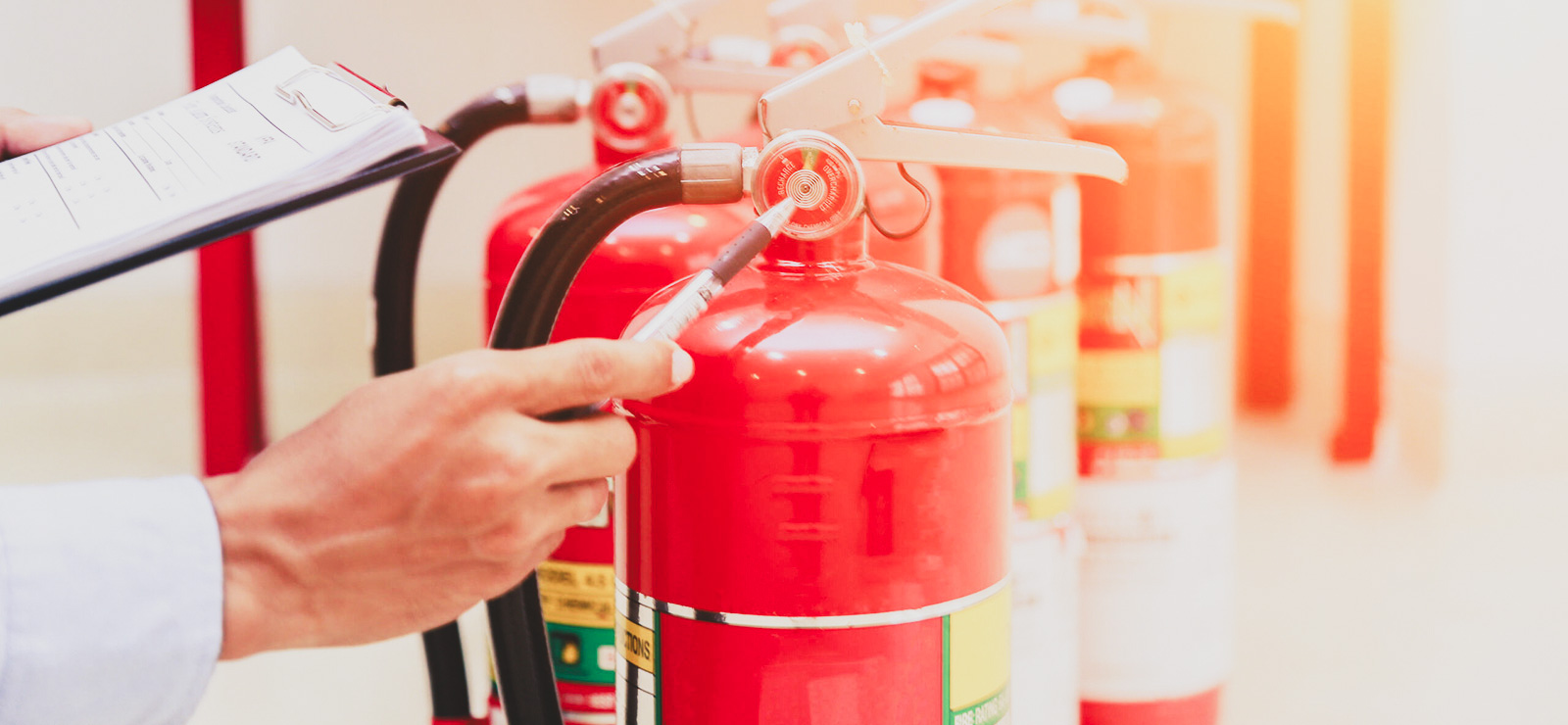Fire and Explosion Hazards
Rapid releases of energy causing severe damage and injuries. Explosions can be chemical or mechanical in nature.
Result from rapid combustion of flammable materials or explosives.
Result from rapid expansion of compressed gases or flashing liquids.
Arc flash blasts resulting from an arcing fault in electrical equipment, leading to explosive energy release.

Construction Industry Examples
- Dust explosions in confined spaces (e.g., wood dust, coal dust)
- Accidental detonation of explosives used in demolition
- Bursting of pressurized pipes or vessels, tire explosions during inflation
- Boiler explosions
- Arc flash events in electrical panels
- Transformer explosions
- Short circuits in high-voltage systems
Tips on Identifying
- Distinguish between chemical and mechanical explosions
- Assess chemical explosion risks
- Evaluate mechanical explosion risks
- Consider overpressure effects
- Review processes and equipment
- Evaluate storage areas
- Assess electrical systems
- Review maintenance procedures
- Consider environmental factors
- Consult workers
- Review incident history
- Assess emergency response plans
- Check detection and suppression systems
- Review personal protective equipment (PPE)
- Consider potential interactions
Control Method Examples:
More Effective
Substitution
Engineering Controls
Placement of fire extinguishers near hot spots; temporary fire and smoke detectors
Administrative Controls
Appropriate separation of portable heaters and lights from flammables; fire watch after performing hot work
PPE
Respirators to don in event of fire extinguisher release
Less Effective
